Brenda’s Business with SHAYNE OLIVER
|Brenda Weischer
Everyone had something to say when I told industry people about my next column guest. “Is he even at HBA anymore?” “He was definitely fired from Helmut Lang.” And “please ask him about the Yeezy show” were some of the reactions. That’s how I knew he was the right person to speak to.
Shayne Oliver is a polarizing fashion persona, designer, artist, and musician who was at the forefront of a new fashion era that birthed Virgil Abloh, Matthew Williams, Raul Lopez, Ian Isiah, Carlos Nazario, and countless others who would venture from the Lower East Side to the LVMH headquarters over the last decade. With Raul Lopez, Oliver co-founded Hood by Air in 2006, a brand and movement that is responsible for a shift in the industry. It’s a story of how the youth (re)claimed its power. HBA has been launched and put on ice several times since then, which is just what happens when you aren’t backed by a conglomerate and lack the necessary structures to turn creative work into a profitable business in a cutthroat industry. Oliver is a typical example of talent going unsupervised. One that I would like to see at the head of a fashion house, if someone would just let Shayne do Shayne.
In 2014, we already featured Shayne Oliver’s HOOD BY AIR in “Aries Aries Rising HOOD BY AIR,” in 2016 we published a conversation between HOOD BY AIR and former creative director of Barneys Dennis Freedman, and in our issue #41 we reviewed his book Screensavers: Anonymous Club Archive 2017–2021.
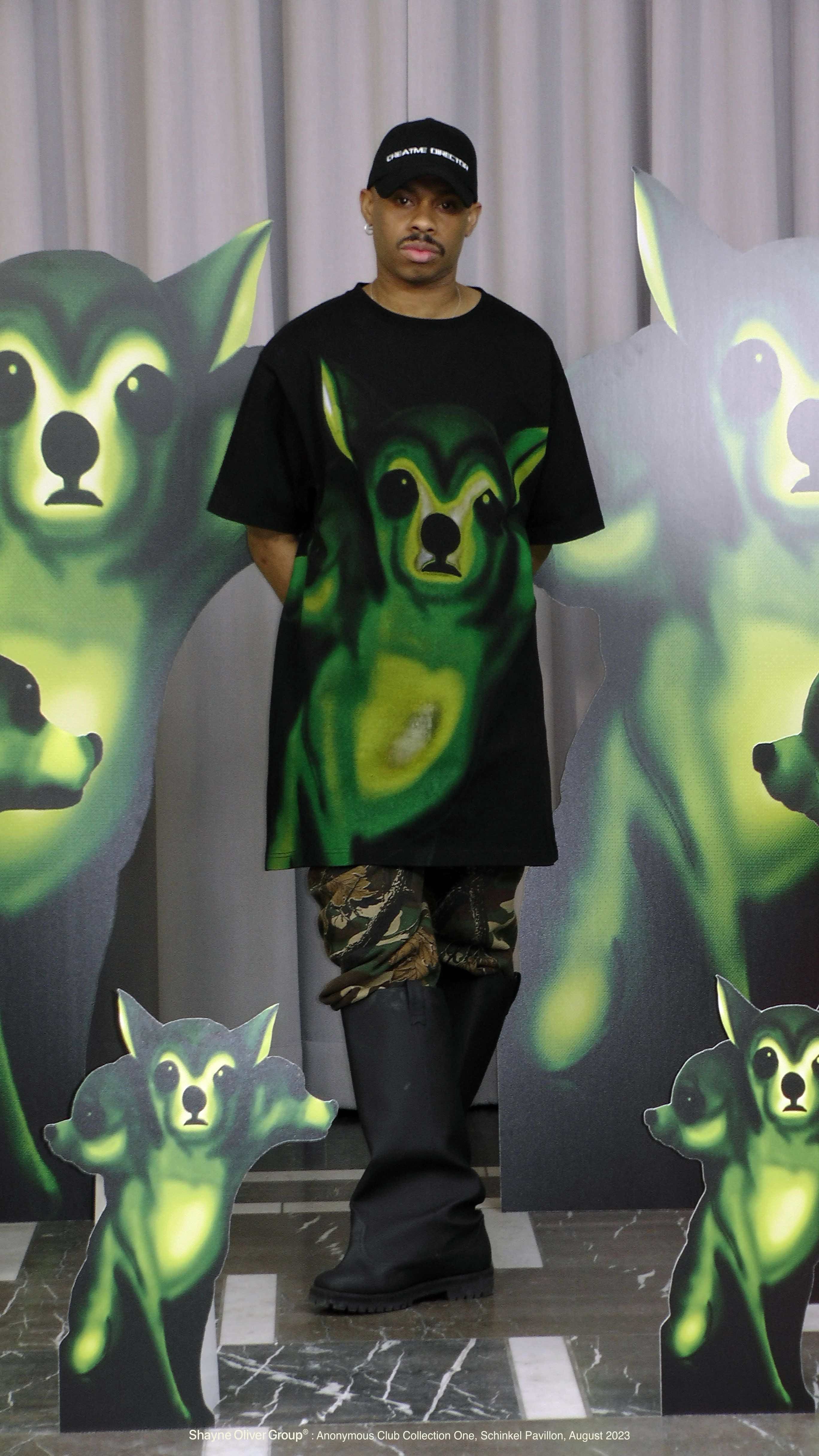
BRENDA WEISCHER: Yesterday, I listened to the Kerwin Frost podcast that had you and Ian Isiah as guests. You guys touched on something that I think represents a lot of your “rise” in the industry, which is the value of “hanging out” and not just finding your mutuals online. I don’t know exactly how close everyone was and who you’re still close to, but something must’ve been in the air in New York because this bubble of 50 people all went on to build insanely influential brands or even went to the biggest houses. I’m not sure if that moment can be recreated.
SHAYNE OLIVER: I guess a lot of connectivity in new fashion is just “look, look, look,” and there is no vibe check. We all learned from each other through different ways of dressing. This is 2006 to 2008 and we were stomping around the streets. I hate to be annoying about myself but us kids were at the forefront, even though we were all picked on and seen as outcasts. We were chewing it up and there wasn’t much else back then. We were all obsessed with clothing, had a vision, and realized we’re going to have to make it on our own or add our own things to have the wardrobe that we wanted.
BW: Would you say the initial thought or motivation to have a brand was building a wardrobe for yourself and your friends?
SO: New York was and is super validation oriented. I realized actual bodies of work are what gets you invited to places, what gets you to interact with the people you want to be interacting with.
BW: So you needed a product to be legitimized?
SO: Yeah. I realized I wanted to be in this industry, and I quit fashion school, so I needed a body of work, a resume. I was going in and out of being a performance artist, and then it evolved from movement to wanting to make clothes. I was looking at what was big in New York—in fashion—and it was mostly skateboarders. It was a lot of white male privilege. They can do the bare minimum and get away with it. I thought: why not dissect this, build in my background, build in what I’m interested in, and then begin to formulate something in a streetwear conversation for those things?
BW: What were you working with in your first body of work?
SO: Anything we could find. We knew nothing about the fashion industry. We sourced fabric hoping that we’d have enough.
This was also an era before web stores were hot. There was no direct-to-consumer, you had to find stores to stock you. We were going to seamstresses to get our samples done. Figuring out our pricing, basically being like, “This is production cost, so we double it, and then we’re fine,” then hand delivering to our stockists ourselves. HBA was basically for the love of it at this point. And it put a strain on us. We had no idea what we were doing. This, of course, also causes fights and stress. And this was at a time when Jeremy Scott and Alexander Wang were doing quote-unquote streetwear in New York and people were referring to us as “ghetto.”
BW: The “we” you’re referring to is you and Raul (Lopez), who founded HBA with you and is now running his reversed namesake label Luar. I’m not sure if you’ve ever publicly talked about the split or the timeline of it all.
SO: I think everyone modifies their timeline to engage with the way that they interacted with their journey, which I think is totally fine. Raul and I are absolutely good and support each other.
I focused on music for a bit, but around 2010, it was hard to ignore that the demand for HBA was still there, so I decided to show again, going back to making little drops. But again, there’s little structure, it’s just friends helping out, really. We’re all struggling but in the meantime, HBA is always sold out everywhere that sells it.
BW: So, the choice was: be independent and struggle or take money from someone else and watch them mess with your baby. Tell me about talking to NGG (New Guards Group).
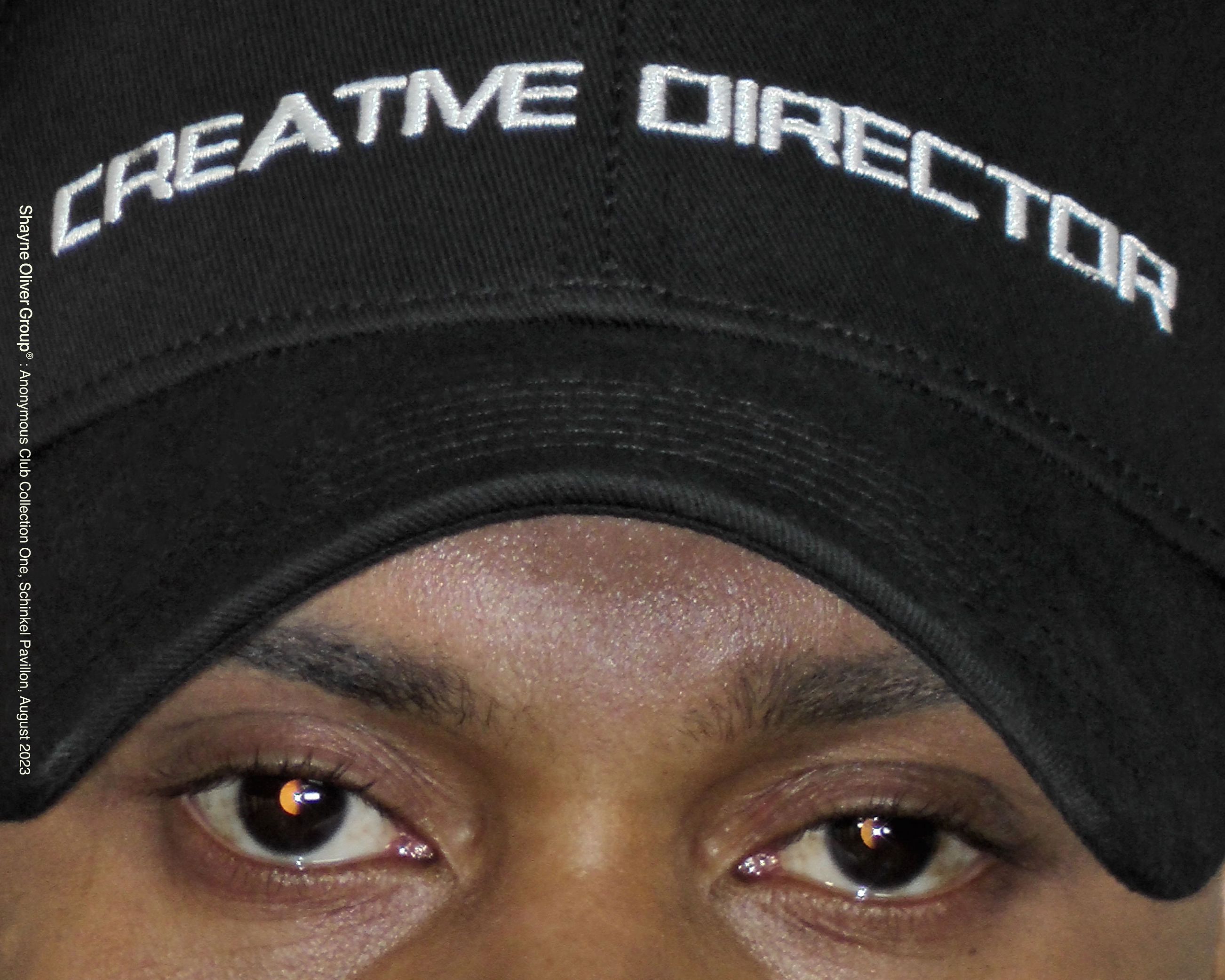
SO: In terms of accepting investment from anyone, there are downsides and upsides. You need structure, otherwise you burn through money. Still, it gives you infrastructure, production, logistics on a large scale.
We did a three-season trial with NGG. We barely knew what licensing was and what it entailed. Because of that, people on my team were extra protective of me without even asking me what I really wanted, so we were super persistent in accepting NGG’s resources, instead of letting them do what they’re good at. Like, if you’re going to do it, you should do it all the way. But it was a bit half-assed, we were still overseeing production, it was a mess. With a contract like that, you should also engage with the resources they offer. I think we could’ve made smarter decisions. You finally see how the big people play, and then you can’t really get the key to the door.
Internally, after NGG, there was a lot of finger-pointing. We all obviously want to legitimize ourselves, industry eyes are on us. Leaving showrooms, doing sales by ourselves. There was a lot of tension, also focused on my lifestyle. I think this is what a lot of people struggle with. How are you supposed to be a creative person and then have a nine-to-five? It doesn’t work, you need an outlet. Whatever it is. I was working 24/7, and I would go out 24/7. The blending got to a point where anyone could tell me anything about myself, and I would believe them. I was getting so self-conscious, and in the meantime, I was getting offers to design from all sides, and I did the LVMH prize. I just wanted to be inside the machine. And I won. I also want to say I was still a baby when all of this was happening.
BW: In my opinion, after you and Jacquemus and maybe Wales Bonner, LVMH went back to giving the prize to small people with the intent to keep them small, instead of giving it to people like Peter Do and Charlotte Knowles who actually stand a chance of becoming their own house. You guys became too big.
Anyways, publicity was at an all-time high for your name around 2015. And a few seasons later, you announce going to Helmut Lang — Shayne goes corporate. Lots of things have been said about your season there and why it ended.
SO: I always knew there was a finish line. Of course, we were trying to figure out if it could be longer. They can’t deny that it was selling. Even if they didn’t like what I was doing.
But there wasn’t much understanding from both sides, from my side or from the HL side.
I learned so much from that experience, also about myself. But I don’t feel like anyone from Helmut's press team communicated that the season I did there was a one-off. Everyone was coming to me saying, “What’s next season going to look like?”
BW: Yes, public perception is pretty one-sided. Shayne was acting out—according to the public eye—and it ended.
SO: Exactly. It was the biggest show they’ve had in ten years, and the very next day I get notified that I’m not welcome in the showroom in Paris.
So, I went to London, to meet with Tomorrow to figure out what to do with HBA which was on ice at that point. They tried to get involved, and I started doing collabs again, working on Diesel.
BW: This is also an era where you were doing things under your name and not HBA. So, you’re kind of signed with Tomorrow and they get a commission?
SO: Period. All I want to do is to be in a studio and work. A little later, I started with Edison Chen to re-relaunch HBA. I was finally able to oversee conceptual things while he focused on getting ahold of the more commercial market. That was supposed to be the setup. Which changed quickly. I really wanted to finally do accessories, bags, all the things you need to sell. None of the things were really taken seriously.
BW: When did you admit to yourself that this was all going south?
SO: I wanted it to succeed so bad. But it was also very haphazard. All of a sudden, it’s a job and not a partnership. But I kept it quiet. To this day I’m like: “Are you even interested in doing HBA? Is this all prestige?” I’d buy it back if that’s all it is.
BW: Now to Shayne Oliver and Anonymous Club. Do people even know you’re in Berlin right now? We can make this the official press release.
SO: I love doing things under my name again. Shayne Oliver, I would say, is a design and business entity while Anonymous Club is where I embark on creative, artistic, musical, and cultural ventures. It’s the night. I want to be able to support the people who deserve support and teach from what I’ve learned over the last decade. A merchandise for our cultural lifestyle. A lot of people really looked at HBA for that, so when they’re not providing that, I will. I wanted to be in Europe. I initially came to Berlin to visit the city. Then, Schinkel offered me to do a show with them in summer. It seemed like the right time, and the right support structure to summarize everything I've been working towards. And Berlin provides so much. Freedom to create, but also freedom to support.
Special thanks to Schinkel Pavillon.
Credits
- Text: Brenda Weischer
- Photography: Hendrik Schneider
Related Content
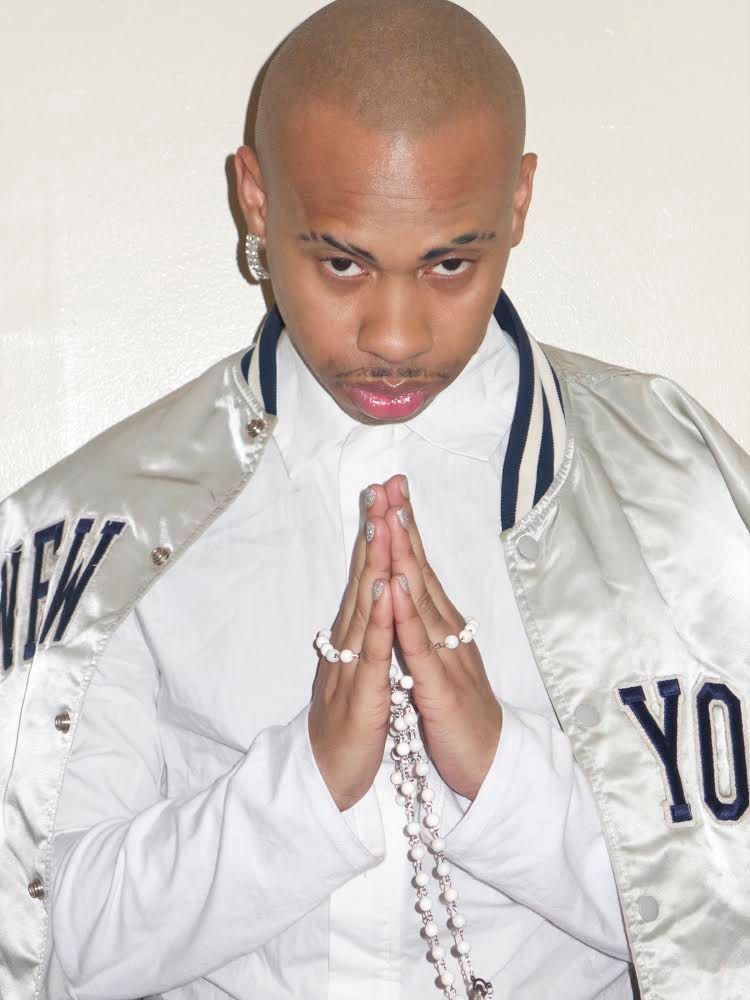
Aries Aries Rising HOOD BY AIR
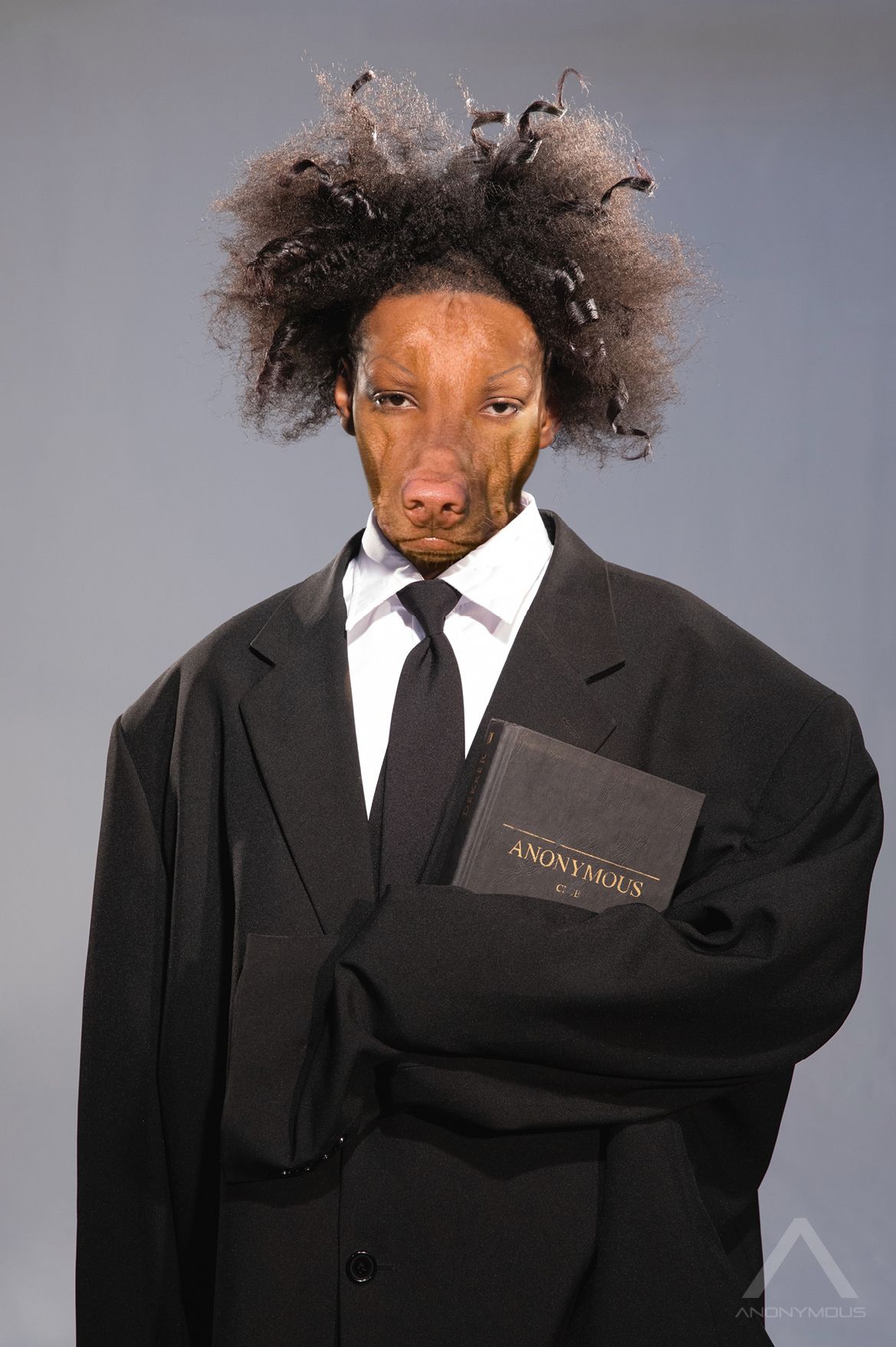
Screensavers: Anonymous Club Archive 2017-2018
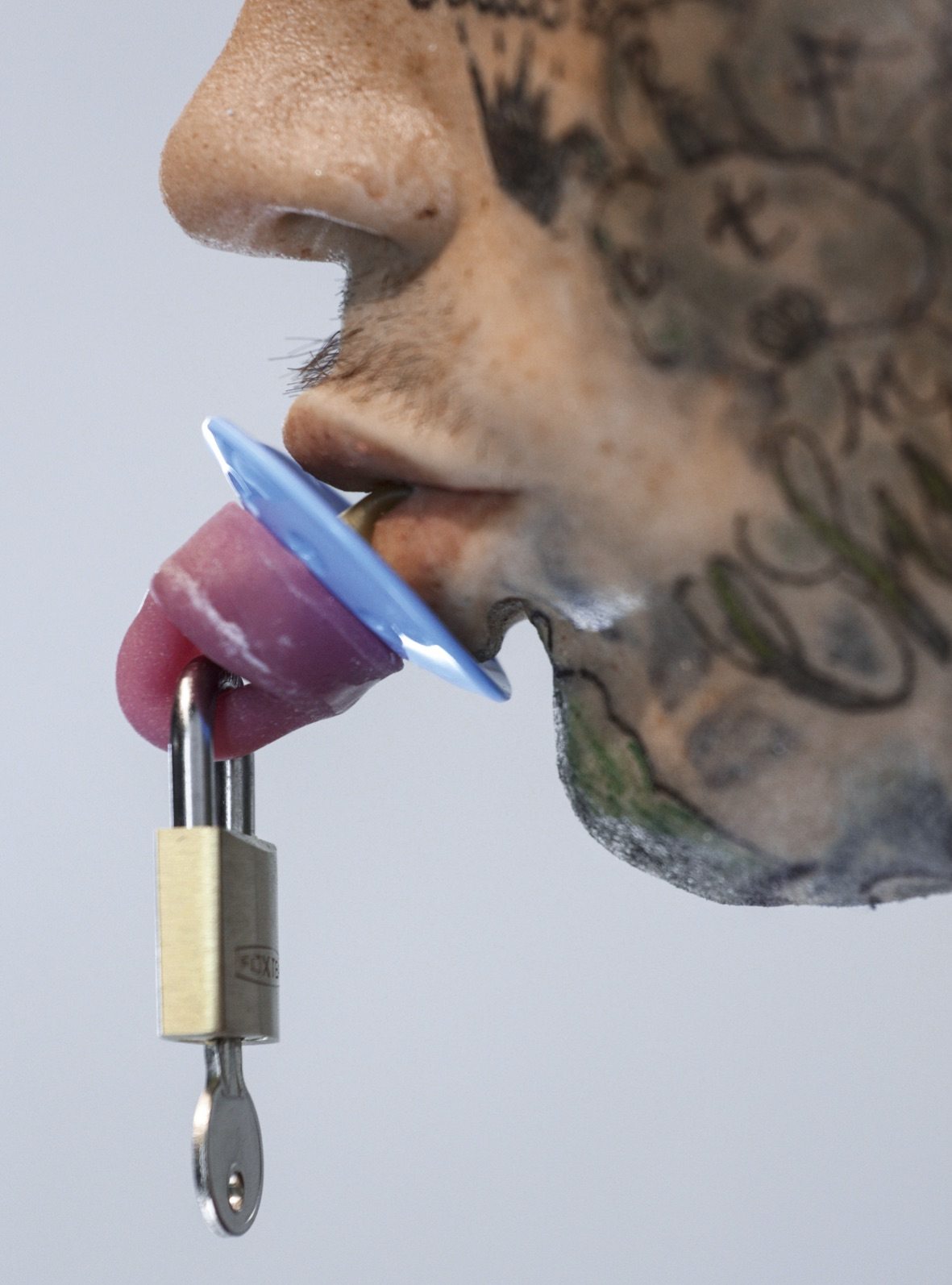
Public Transportation: HOOD BY AIR in Conversation with BARNEYS NEW YORK
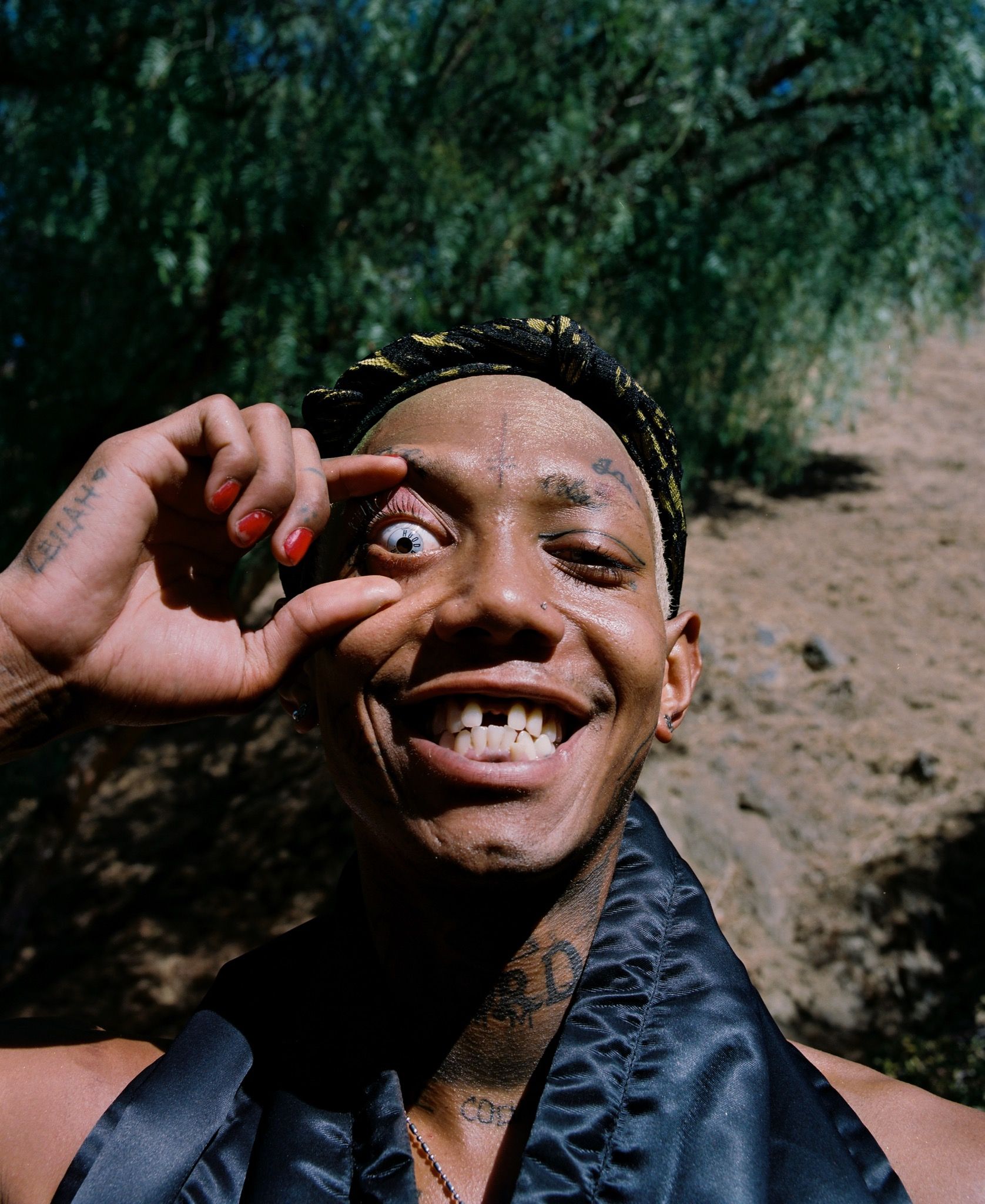
Look of Genesis: Becoming HOOD BY AIR
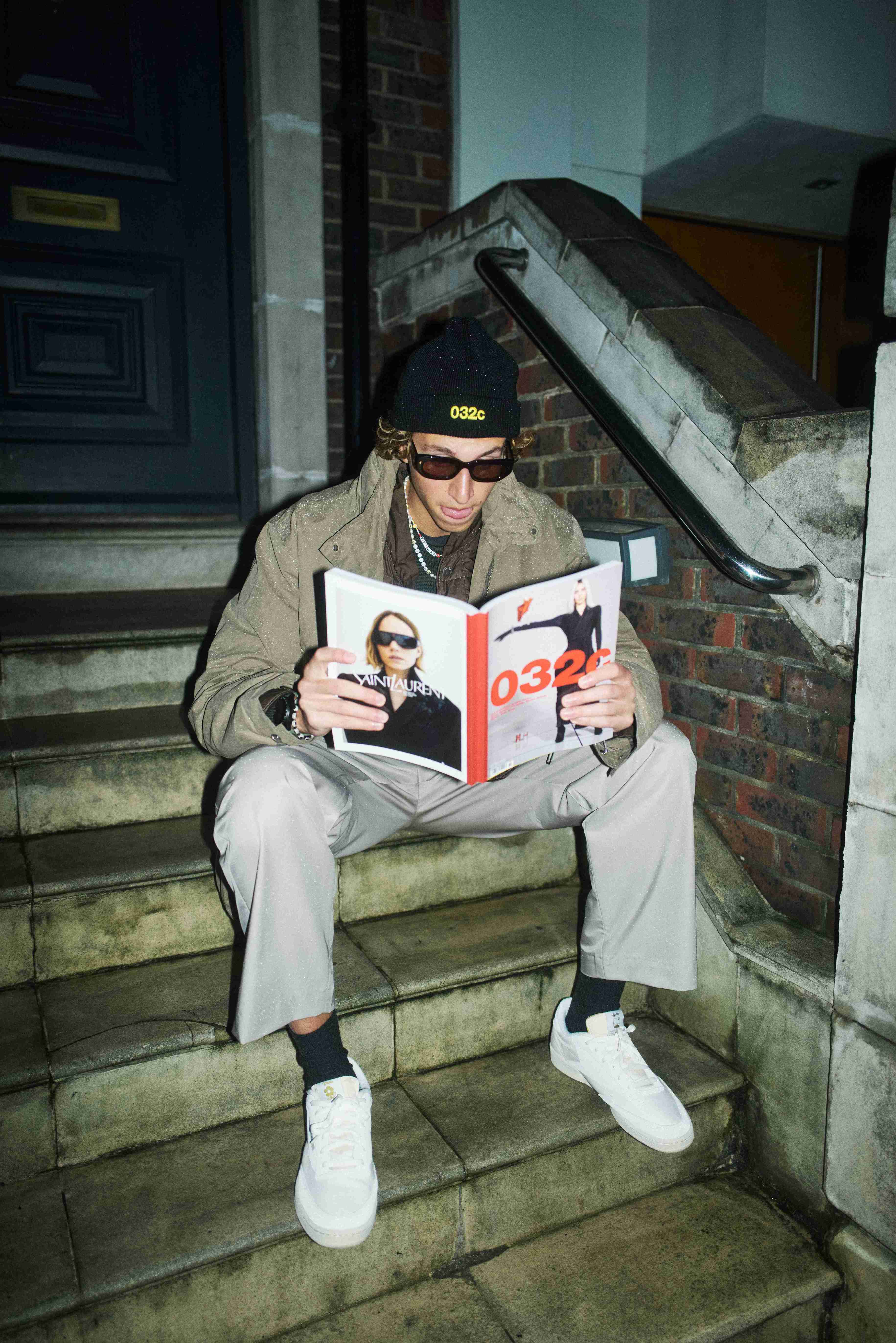
Brenda’s Business with GSTAAD GUY
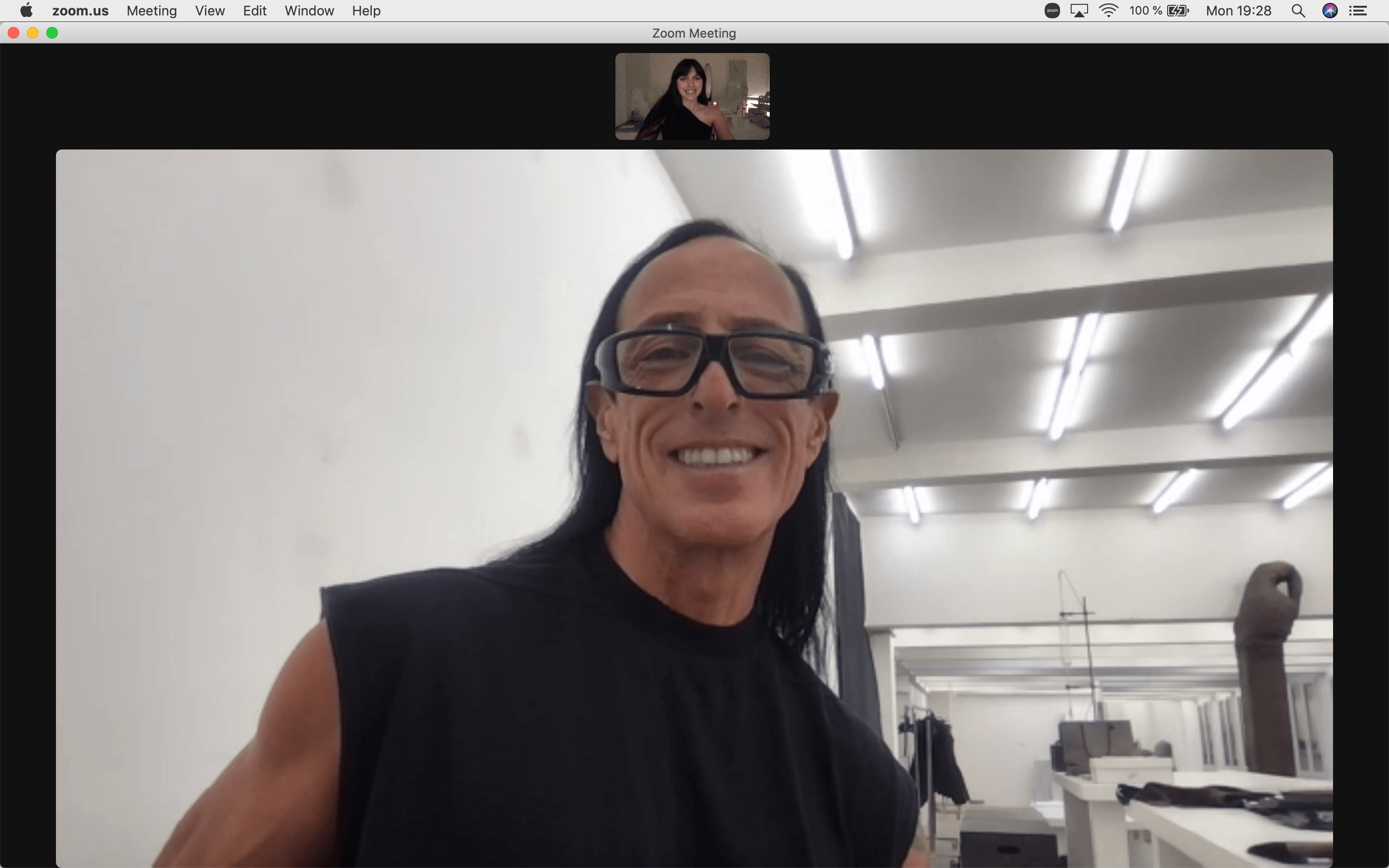
Brenda’s Business with RICK OWENS
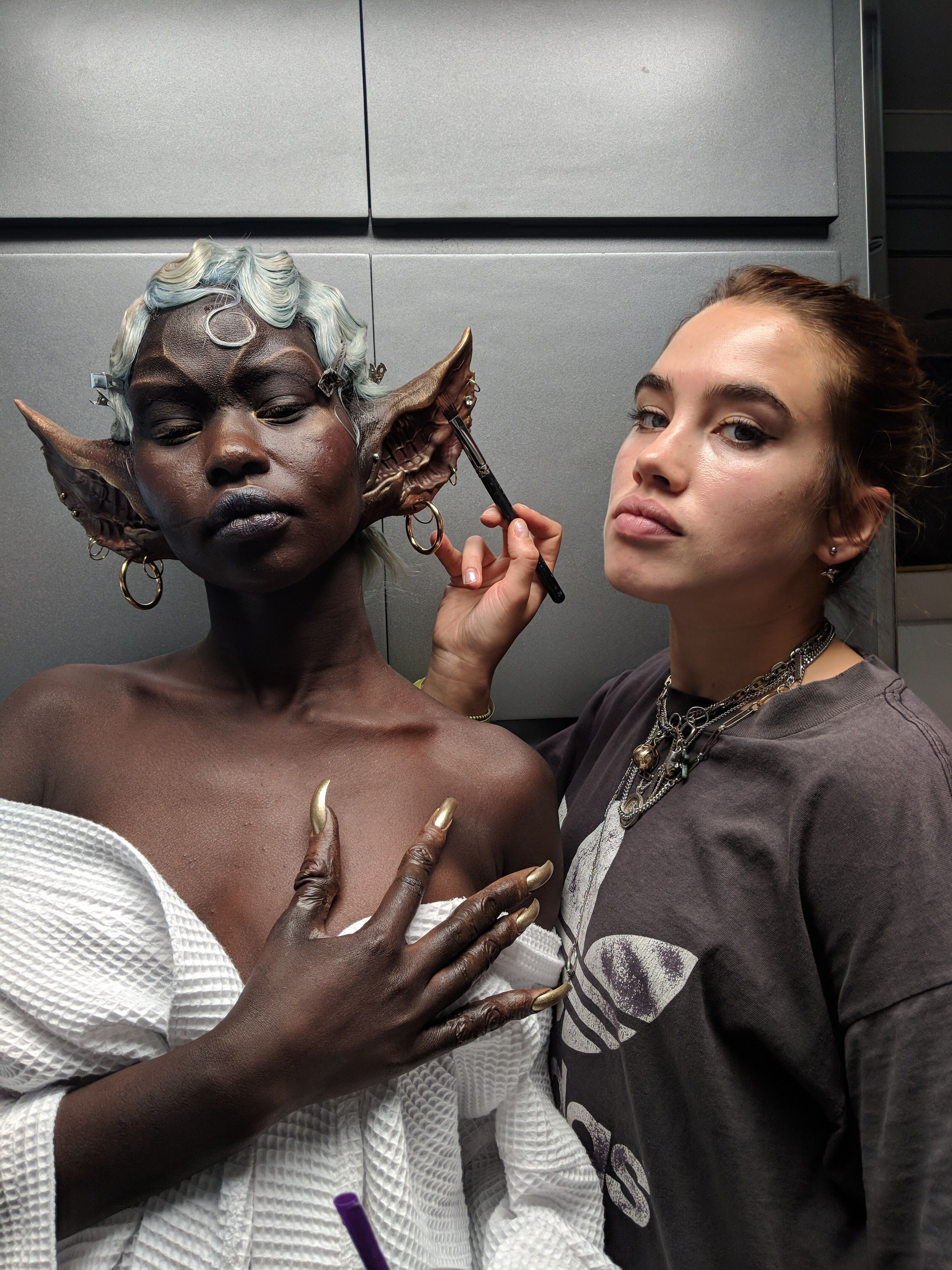
Brenda’s Business with ISAMAYA FFRENCH
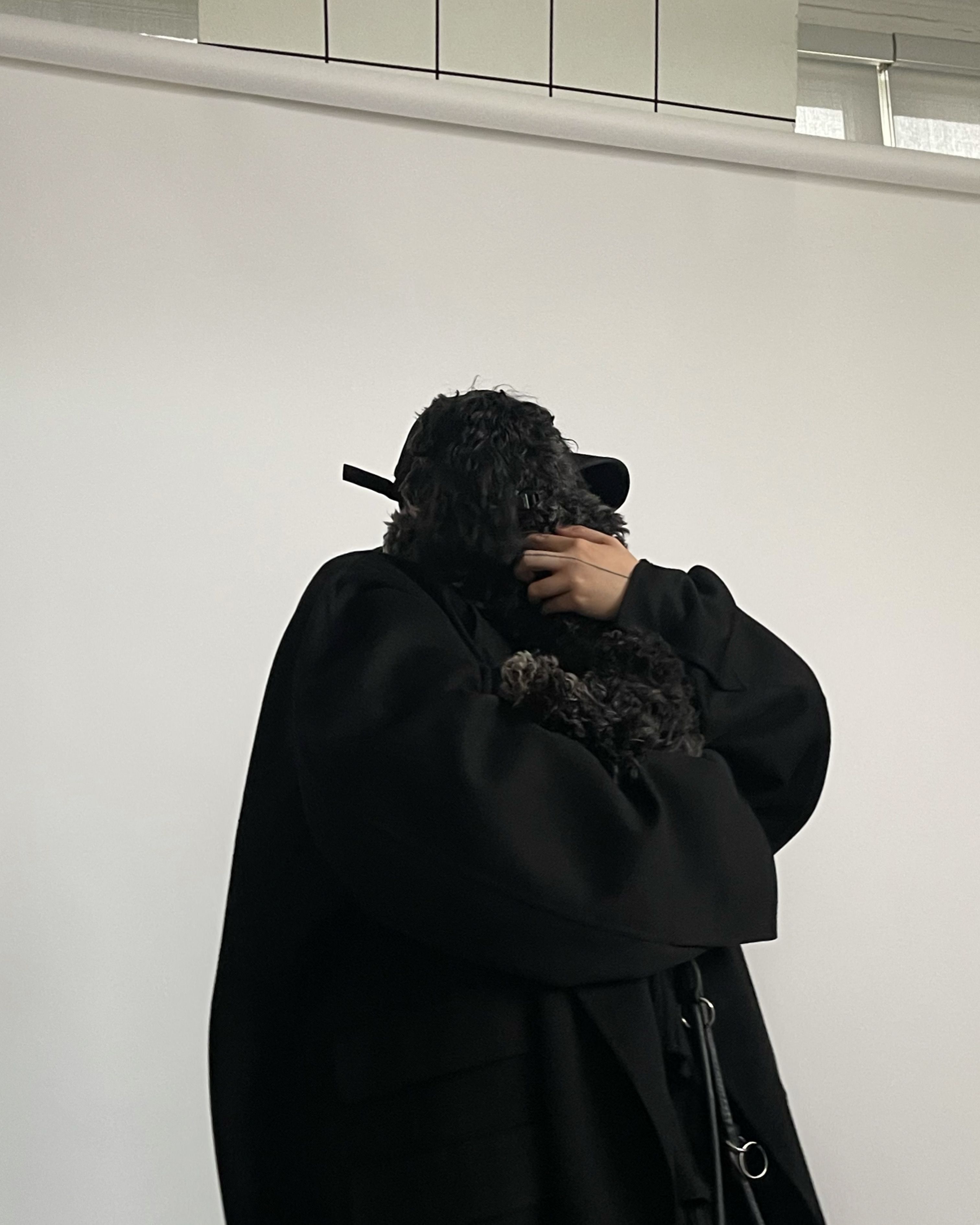
Brenda’s Business with PETER DO